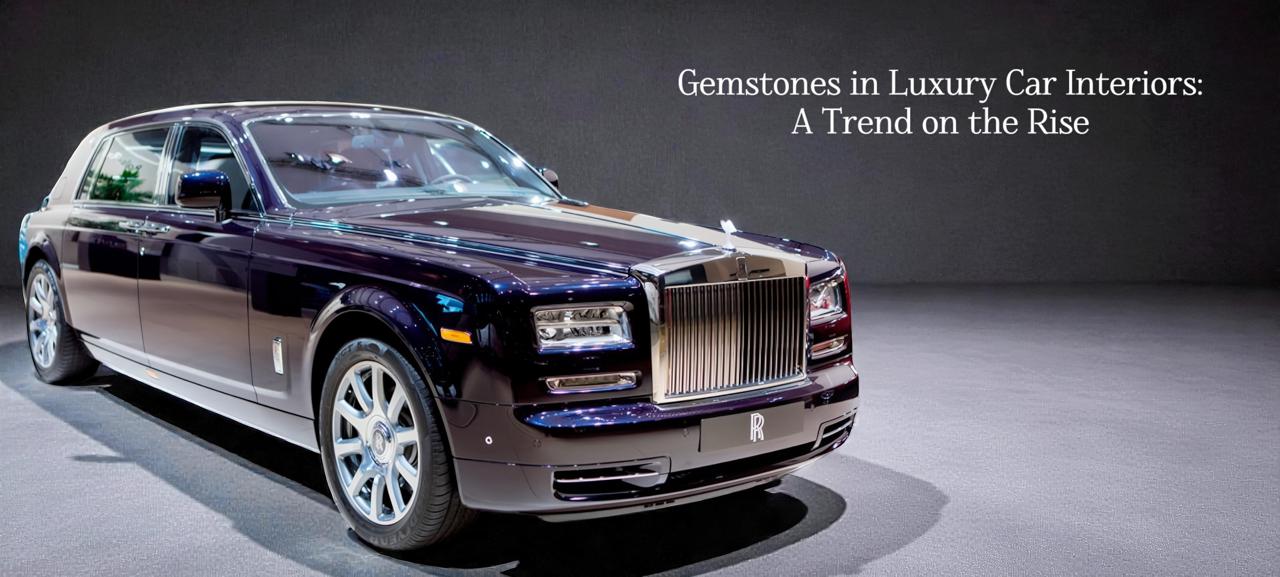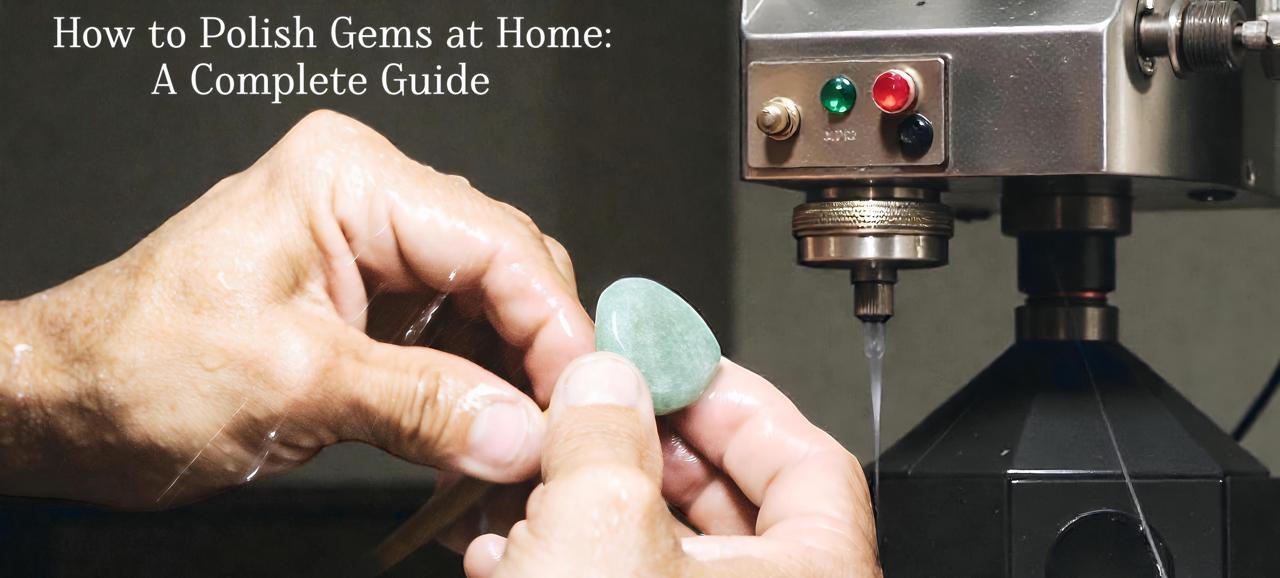 Categories
Categories 
In different contexts, the color blue portrays different associations and meanings. Some people experience the dreaded "Monday blues," but the vast majority return to work on Tuesday feeling refreshed. "Feeling blue" is a normal sensation that we've all experienced. At the same time, we can call it peace and contentment, as we can relate it to the sanity of blue skies and blue waters.
The September birthstone sapphire is famous for its royal and lavish blue hue. Its amazing beauty makes it one of the luxury jewels formed from the mineral corundum. Due to their widespread use, there is a common misconception that sapphires are always blue. Both the Latin and Greek meanings for the term sapphire mean "blue." However, this is not always the case.

Blue, yellow, and red are all primary colors of common sapphire. Ranging in many different colors and shades, from light to dark, sapphires can be found across the spectrum. The mineral corundum contains traces of other elements that give sapphires their distinctive hue
The iron and titanium in blue sapphires create the color, whereas the chromium in pink corundum and the chromium in a reddish sapphire create the color of a ruby.
Shades and Colors of Blue Sapphires
The blue sapphire is less common in nature and thus less common in jewelry. Below, we'll go through the many shades and colors of sapphires, which can't be depicted by any other valuable stone.
Light Blue Sapphire
Vivid Blue Sapphire
Cornflower Blue Sapphire
Royal Blue Sapphires
Velvety Blues Sapphires
Indigo Sapphires
Twilight Sapphires
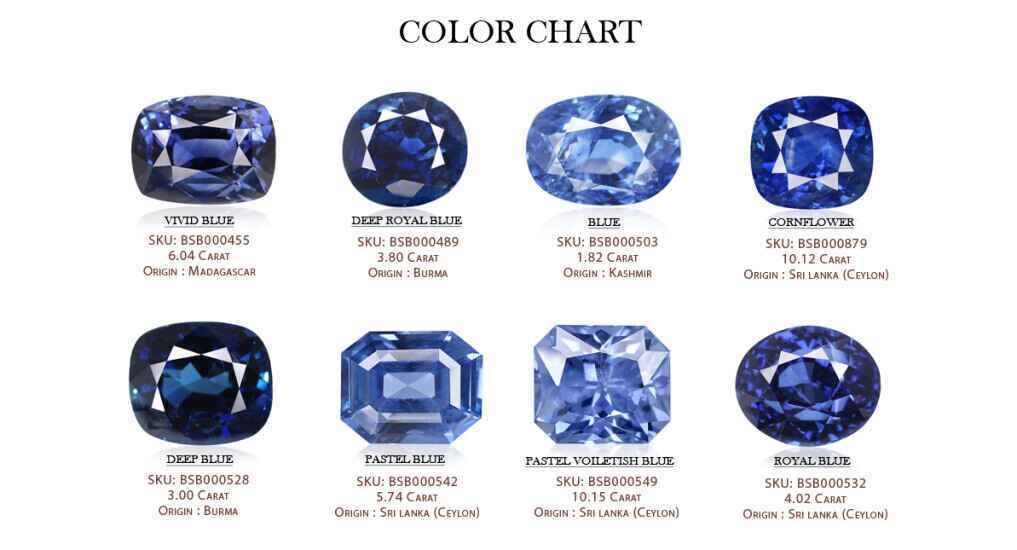
Light Blue Sapphire: "Light Blue Sapphire" which is also referred to as "Silver Blue Sapphire" or "Sky Blue Sapphire,". These shades exhibit the softest of the pastel blue tones present in blue sapphires. Known for its vibrant brilliance and radiance, this light blue tone, referred to as "Medium Blue," "Ceylon Blue Sapphire" or "Water Blue," is a most widely spread color choice. If the color of sapphires is highly saturated, it is termed "Cornflower Blue" because of its subtle violet-blue hue.
Read more :- know about Blue Sapphire
Despite its vivid dark blue color, the finest stone must still seem intensely bright. We can say that velvety blue is an intense blue tone, referred to as "Vivid Blue," whereas the very deep blue royal blue is referred to as "Royal Blue." Sapphires that are dull and lifeless with dull blue or grey are not much appreciated, so they are less valued.
Cornflower blue and royal blue are two traditional and historic blue sapphires, but they are rare shades of blue that make them distinguishable from other color available in the market.
"Cornflower Blue Sapphire" refers to the intense brilliance of the finest blue sapphires. This shade of blue is a transitional shade between pastel blues on one end of the spectrum and peacock and royal blues on the other end. Like pastel sapphires, cornflower blue sapphires can be discovered in Sri Lanka and other places in the same family, such as Madagascar and Tanzania. However, this 'Violettish Blue' has a vivid shade of blue with a tinge of violet, giving it a 'warm' tone.
Once the blue tint has been diluted with other colors, such as green or grey, the sapphire seems cooler and no longer qualifies as a cornflower.
"Royal Blue Sapphire" is a darker shade of blue than cornflower blue. Unfortunately, there are almost no occurrences of this brilliant blue-purple color, which is best exemplified by the superb sapphires that were formerly discovered at Burma's Mogok Mine. These days, royal blue sapphires can only be found in Sri Lanka and, to some extent, in Madagascar.
They are no longer mined in Myanmar. It's typically too difficult to see the incomplete occurrences from Tanzania, Cambodia, and Nigeria. This deep blue sapphire is less brilliant than the cornflower but has a more serene and royal aspect. The key criterion for the highest quality enchantment "in the stone" because of its vibrancy and luminosity ("lustre" or "fire").

Another interesting set of color designations in blue sapphires exists, and they are not founded on a clear separation. As the color of the peacock's neck or tail feathers is often used as a metaphor for the quality of the blue sapphires mined in Sri Lanka, the word "peacock" is often used to describe the country.
This electric blue that can look spectacular. "Velvet" (which literally means "velvet blue") gemstones are extremely popular among jewelry enthusiasts.
These velvet sapphires, which look as blue as cobalt, originated mostly in Kashmir (India), and they are still only sometimes discovered in Sri Lanka and Madagascar. Both of these color belong to the "Vivid Blues" family, being as "electric" or "velvety" as they are bright and magnificent. Both of these hue classifications represent the finest blue sapphires in the world.
The fact that this shade lies in between the two extremes of the blue spectrum—cornflower blue and royal blue—means that very few sapphires, from the perspective of an expert, are a perfect match.
Read more :- Blue Sapphire vs. Other Gemstones
Additionally, the color name "Indigo" has historical roots in the indigo plant family and is now most commonly linked with the blue color of blue denim. In comparison to the purer blues like "cornflower," "peacock," "velvet," and "royal blue," this shade is dense and less saturated. Indigo sapphire deposits are common in areas where basalt has been mined.
Some examples are the countries of Thailand, Madagascar, Australia, and Nigeria. Similarly, "Twilight" sapphires can be mined from Australian, Thai, Cambodian, Nigerian, and Vietnamese sources.
In global terms, the demand is lower, and so is the stone's value, because slightly mixed tints, such as grey and green, diminish the hue and redeem a lesser value. Both colors of sapphire have a cooler and less warm appearance, a different character of the sapphire stone.

Undoubtedly, sapphires are extremely versatile stones. It is not only available in a wide range of colors, but also a perfect economical alternative to luxurious diamonds. Navratan recognizes the value of natural sapphire’s allure and makes sure it is earnestly reflected its beauty in the range of our designs. Browse our collection and find out which shade suits your taste.
The best shade of blue sapphire is a rich and velvety royal blue, often referred to as 'cornflower blue.' This hue is highly prized for its vibrant, deep blue color and excellent transparency, making it a top choice for sapphire enthusiasts and collectors.
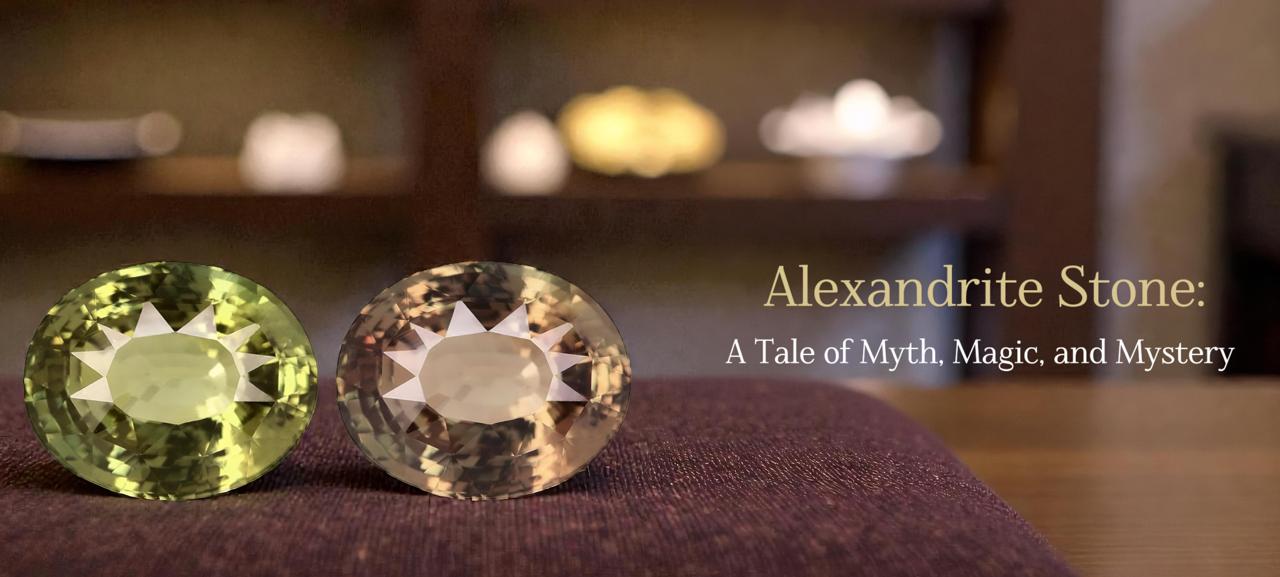
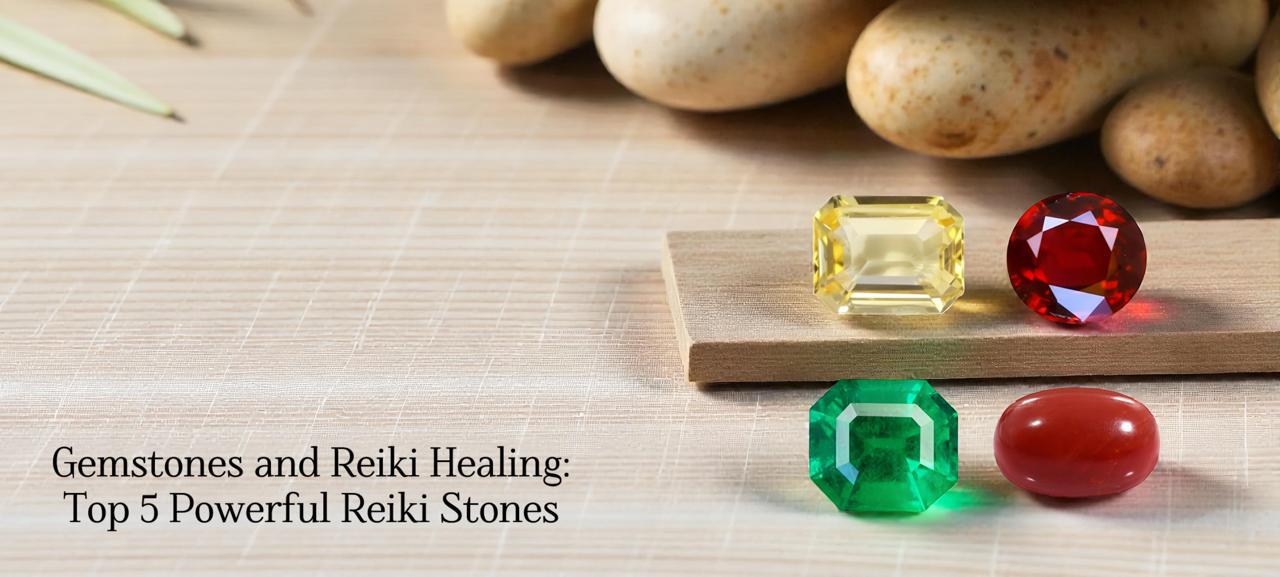
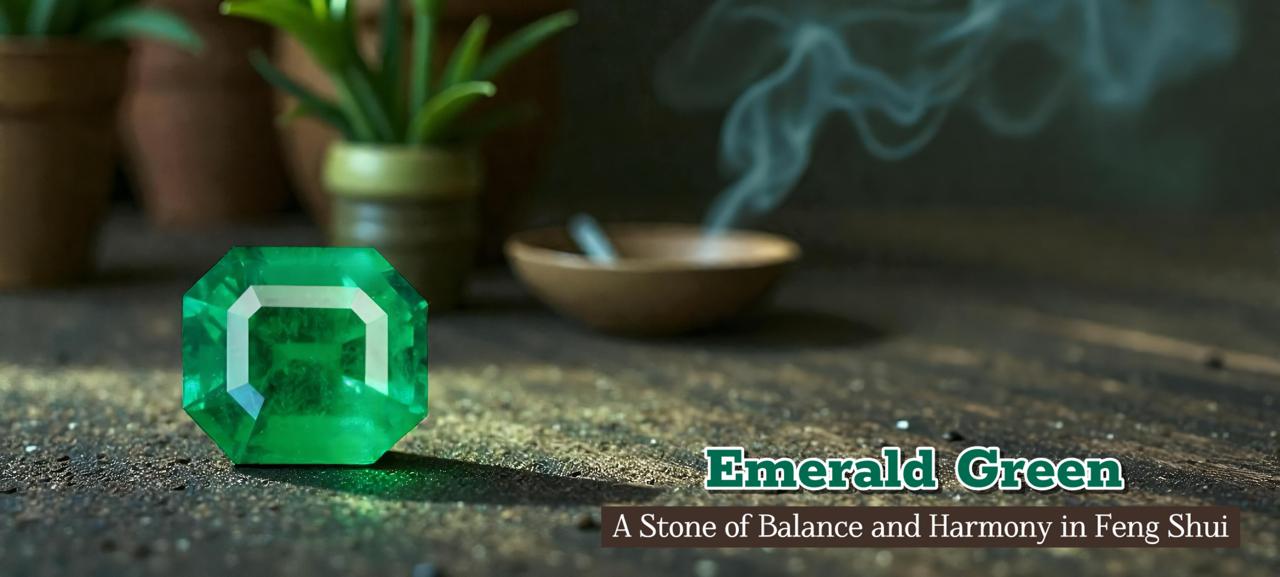
Emerald Green: A Powerful Feng Shui Stone for Balance and Harmony
December 15th, 2025